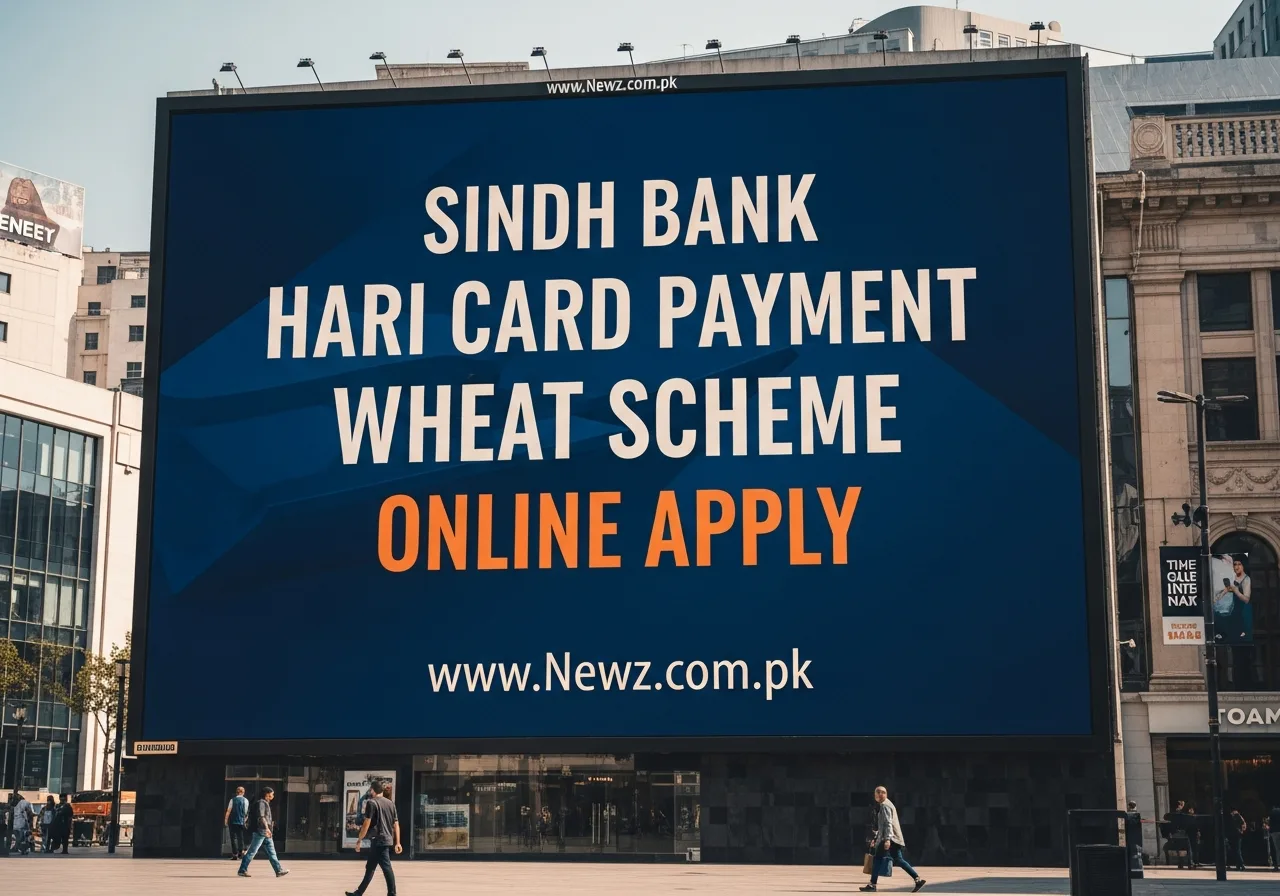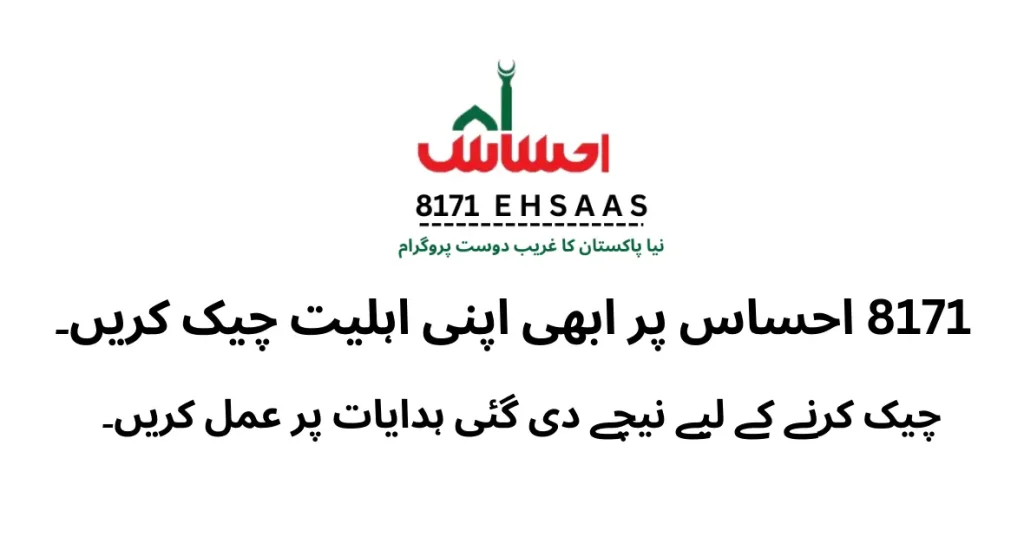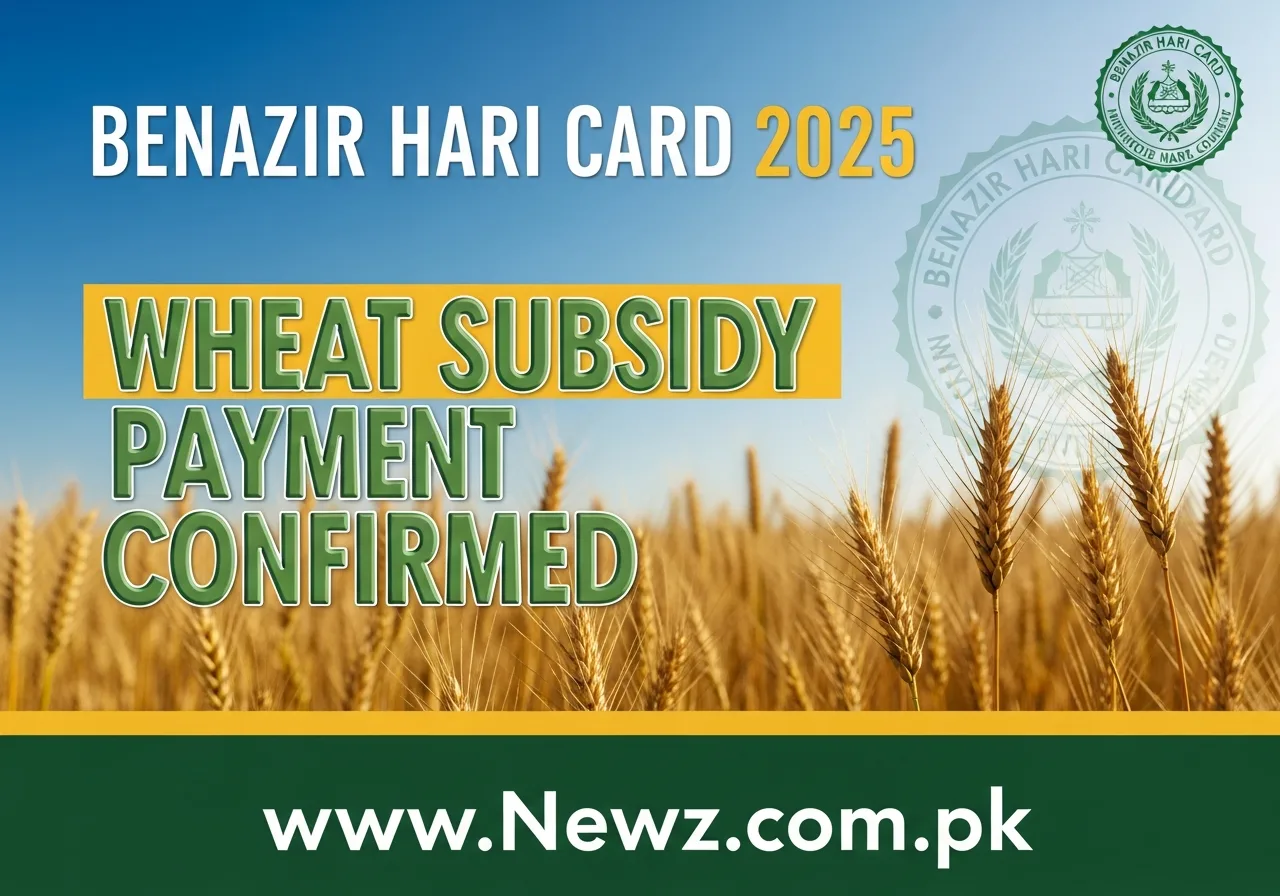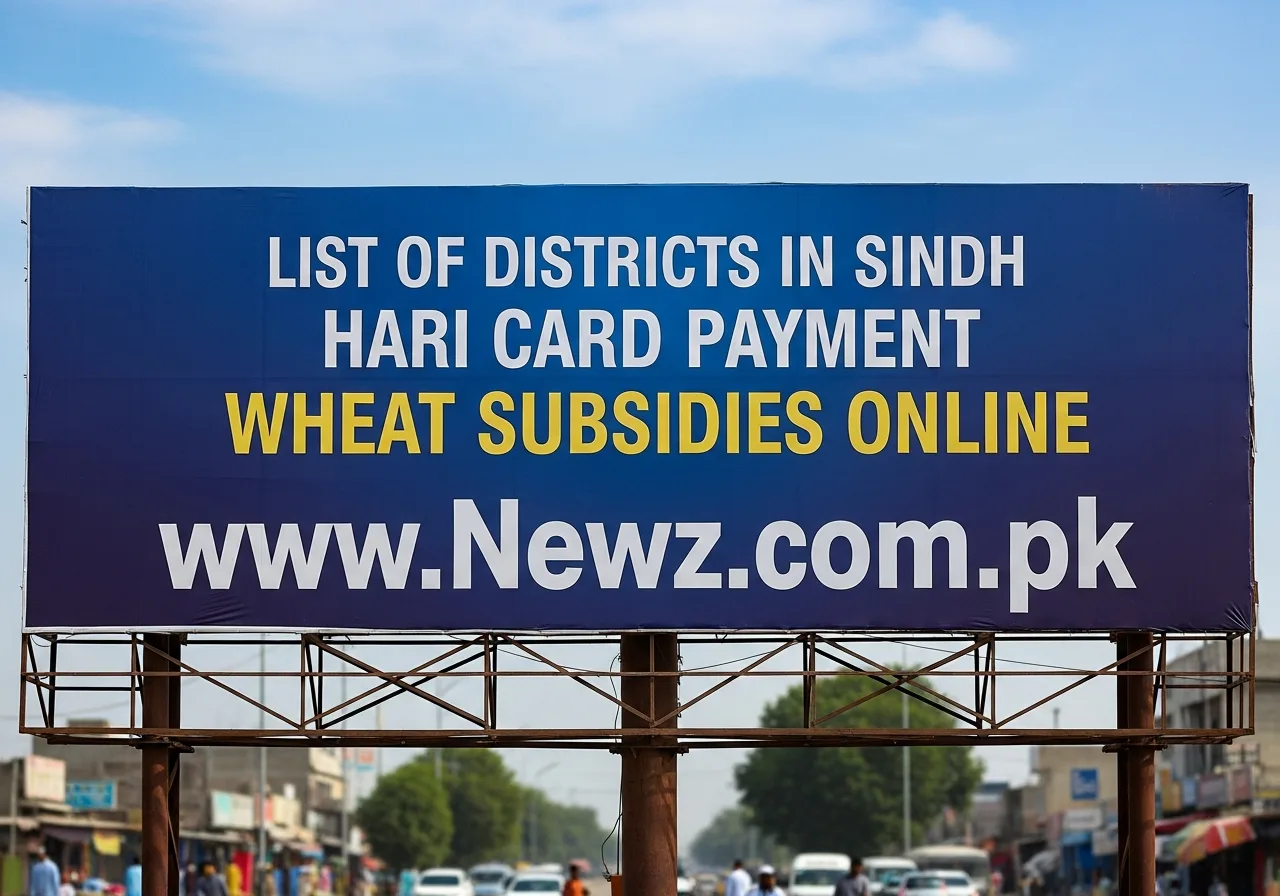Benazir Hari Card & Sindh Bank Payment Scheme: A Comprehensive Guide to Wheat Subsidies and Online Services
Introduction: Empowering Sindh’s Farmers Through Digital Financial Inclusion
The Benazir Hari Card Program, a landmark initiative by the Government of Sindh, stands as a testament to its commitment to the agricultural sector and the welfare of its farming community. Designed to provide crucial financial assistance, particularly through wheat subsidies, and facilitate access to essential agricultural inputs, the Hari Card has revolutionized how support reaches small and marginal farmers across the province. Central to this scheme is its seamless integration with Sindh Bank, which manages the Hari Card payment disbursements and provides essential banking services. This comprehensive guide will delve into every aspect of the Sindh Bank Hari Card Payment Wheat Scheme, covering online application processes, CNIC checks, beneficiary list verification, and the utilization of digital platforms to empower farmers in 2025 and beyond.
I. Understanding the Benazir Hari Card Program: A Digital Revolution for Farmers
The Benazir Hari Card is more than just a financial tool; it’s a strategic intervention aimed at modernizing agricultural support, enhancing transparency, and directly benefiting farmers who are the backbone of Sindh’s economy.
1.1 Core Objectives of the Benazir Hari Card
The program was conceived with several critical goals in mind:
- Direct Financial Aid: To provide timely and transparent financial assistance and subsidies directly to eligible farmers, bypassing intermediaries.
- Input Subsidies: To offer subsidies on vital agricultural inputs such as DAP (Diammonium Phosphate) and Urea fertilizers, as well as high-quality seeds, particularly for wheat cultivation.
- Financial Inclusion: To integrate small farmers into the formal banking system through Sindh Bank Hari Card accounts, promoting savings and responsible financial management.
- Food Security: To incentivize increased crop production, especially wheat, thereby contributing to national food security.
- Poverty Alleviation: To uplift the socio-economic status of marginalized farming communities in Sindh.
- Digital Governance: To leverage technology for efficient program delivery, verification, and monitoring, moving towards online agriculture services.
1.2 Evolution and Scope of the Hari Card Scheme
Initially launched to address critical agricultural needs, the Benazir Hari Card has continuously evolved to encompass various subsidies and support mechanisms. While its role in the wheat scheme is prominent, it also covers other seasonal crops and provides access to micro-financing solutions. The program targets small growers owning land between 1 and 25 acres, ensuring that the benefits reach those who need them most.
II. The Wheat Subsidy Payment Scheme: Strengthening Agricultural Resilience
The Wheat Subsidy Payment Scheme, channeled through the Benazir Hari Card and Sindh Bank, is a cornerstone of the government’s strategy to bolster wheat production and support farmers in mitigating rising cultivation costs.
2.1 Significance of the Wheat Scheme
Wheat is a staple crop in Pakistan, crucial for national food security. Farmers often face challenges such as fluctuating market prices, high costs of fertilizers, pesticides, and seeds, and unpredictable weather patterns. The wheat subsidy aims to:
- Reduce Farmer Burden: Provide direct financial relief to farmers for purchasing expensive inputs.
- Encourage Cultivation: Motivate farmers to increase their wheat acreage and yields.
- Stabilize Prices: Contribute to a stable supply of wheat in the market, benefiting consumers.
- Modernize Practices: Promote the adoption of better farming techniques by making essential inputs affordable.
2.2 Structure of the Wheat Subsidy Payment
The wheat scheme payment typically involves direct cash transfers to the Sindh Bank Hari Card accounts of eligible farmers. This is often calculated based on the acreage of wheat cultivated by the registered farmer.
- Fertilizer Subsidies: Funds are provided to offset the cost of DAP and Urea, key fertilizers for wheat.
- Seed Subsidies: Support may also extend to ensuring access to improved wheat seed varieties.
- Timely Disbursement: Payments are made in a phased or single transfer, often announced closer to the wheat sowing season or after verification of cultivation.
2.3 Role of Sindh Bank in Payment Disbursement
Sindh Bank is the designated financial partner for the Benazir Hari Card program. Its extensive network of branches and ATMs across Sindh ensures that farmers can conveniently access their subsidy payments.
- Account Management: Farmers’ subsidy amounts are deposited directly into their dedicated Sindh Bank Hari Card accounts.
- Easy Access: Funds can be withdrawn from any Sindh Bank ATM using the Hari Card or through biometric verification at designated bank branches or agent locations.
- Transparent Transactions: The digital nature of the payments via Sindh Bank enhances transparency and reduces the scope for corruption.
III. Benazir Hari Card Online Apply: Registration Process for Farmers
For new farmers wishing to avail the benefits of the program, the Benazir Hari Card online apply process is designed to be accessible and straightforward.
3.1 Eligibility Criteria for Hari Card Registration
Before initiating the online application, farmers must ensure they meet the fundamental eligibility requirements:
- Nationality: Must be a citizen of Pakistan.
- Residency: Must be a bona fide resident of Sindh Province.
- Landholding: Owns agricultural land between 1 to 25 acres. This is a crucial criterion to target small and deserving farmers.
- Documents: Possesses a valid CNIC (Computerized National Identity Card) and authentic land ownership documents (e.g., Form VII, Deh Form, Registry, or Lease Agreement).
- Exclusion: Should not be a beneficiary of similar provincial or federal land-based subsidy schemes to avoid duplication.
3.2 Step-by-Step Online Application Process
The Hari Card online apply process typically involves these steps:
- Access the Official Portal: Navigate to the designated Benazir Hari Card registration portal. This is usually managed by the Agriculture Department, Government of Sindh. A common URL might be
cms.benazirharicard.gos.pkor a similar official government domain. - CNIC Verification: Enter your 13-digit CNIC number in the designated field. The system may perform an initial check with NADRA data.
- Personal Information: Fill in your personal details accurately, including your full name, father’s/husband’s name, date of birth, contact number, and residential address.
- Land Details Entry: Provide comprehensive details of your agricultural land:
- District, Taluka, and Deh where the land is located.
- Survey Number(s) or Khasra Number(s).
- Total acreage owned.
- Details from your land ownership documents.
- Document Upload: This is a critical step. You will be required to upload clear, scanned copies or high-quality photos of:
- CNIC (Front and Back).
- Land Ownership Documents (e.g., Form VII, Fard, Registry). Ensure these documents are legible and up-to-date.
- A recent passport-size photograph.
- Review and Submit: Carefully review all entered information and uploaded documents. Once confirmed, submit the application.
- Application ID: Upon successful submission, you will likely receive an Application ID or tracking number. Keep this safe for future reference and online check of your application status.
3.3 Offline Application Assistance
For farmers with limited internet access or digital literacy, the program usually provides assistance centers:
- Agriculture Department Offices: Local Agriculture Department offices in each district or taluka can provide guidance and assist with the Hari Card online apply process.
- Sindh Bank Branches: Some Sindh Bank branches may also offer support for registration and inquiries.
IV. Benazir Hari Card Online Check & Beneficiary List Verification
Transparency is a hallmark of the Benazir Hari Card program. Farmers can check their Hari Card status online and verify their inclusion in the beneficiary list using their CNIC.
4.1 Hari Card Check Online by CNIC: Step-by-Step Guide
To perform a Hari Card check online by CNIC for your application or payment status:
- Visit Official Portal: Go to the official Benazir Hari Card portal or the Sindh Agriculture Department website. Look for a section like “Beneficiary Status,” “Hari Card Status Check,” or “Payment Inquiry.“
- Enter CNIC: Input your 13-digit CNIC number accurately into the designated search box. Do not include any dashes (-).
- Submit Query: Click the “Search,” “Submit,” or “Check Status” button.
- View Results: The system will display information related to your Hari Card, which could include:
- Application Status: (e.g., “Under Review,” “Approved,” “Rejected”).
- Card Issuance Status: (e.g., “Card Dispatched,” “Ready for Collection”).
- Payment Status: For the wheat scheme or other subsidies, it might show “Payment Credited,” “Processing,” or “No Payment Due.“
- Beneficiary List Inclusion: Confirms if your name is on the Benazir Hari Card list.
4.2 Accessing the Benazir Hari Card List
While a full downloadable Benazir Hari Card list may not always be publicly available due to privacy concerns, individual farmers can verify their status using the CNIC check online method.
- District-wise Lists: Sometimes, summarized or redacted beneficiary lists may be displayed at local Agriculture Department offices or Sindh Bank branches for public verification.
- SMS Notifications: Approved beneficiaries often receive an SMS notification confirming their registration and payment disbursements from the government’s official short code (e.g., 8987).
4.3 Troubleshooting Online Check Issues
If your Hari Card check online by CNIC does not yield expected results (e.g., “No Record Found” despite applying):
- Re-check CNIC: Ensure you’ve entered your CNIC correctly without dashes.
- Wait Period: There might be a processing delay. Allow sufficient time after your application or a payment announcement.
- Contact Support: Reach out to the Hari Card helpline or visit the local Agriculture Department office with your application ID and CNIC for manual verification.
V. Sindh Bank Hari Card Payment & Withdrawal: Accessing Your Funds
Once the wheat scheme payment or any other subsidy is credited to your Sindh Bank Hari Card, accessing the funds is designed to be convenient and secure.
5.1 Confirmation of Payment
- SMS Alert: You will typically receive an SMS notification on your registered mobile number from Sindh Bank or the government, informing you that the Hari Card payment has been credited.
- Online Check: The Hari Card check online by CNIC (as described above) will show the “Payment Credited” status.
- ATM Balance Inquiry: You can check your account balance at any Sindh Bank ATM using your Hari Card.
5.2 Withdrawal Methods for Hari Card Payments
- Sindh Bank ATMs: The most common and convenient method.
- Insert your Hari Card into the ATM.
- Enter your PIN (Personal Identification Number).
- Select “Withdrawal” and enter the desired amount.
- Sindh Bank Branches: For larger amounts or if you prefer counter service.
- Visit any Sindh Bank branch.
- Present your Hari Card and original CNIC.
- Complete a withdrawal slip, and funds will be disbursed after biometric verification.
- Agent Locations: In remote areas, Sindh Bank may have designated agent locations for biometric-based cash withdrawals, providing greater accessibility.
5.3 Security and Best Practices
- PIN Secrecy: Never share your Hari Card PIN with anyone.
- Fraud Awareness: Be wary of calls or messages asking for your card details or PIN. The government or Sindh Bank will never ask for this information over the phone.
- Transaction Alerts: Ensure your mobile number is updated to receive SMS alerts for all transactions on your Hari Card payment account.
VI. The Sindh Bank Hari Card Payment Wheat Scheme App & Digital Services
While a dedicated “Sindh Bank Hari Card payment wheat scheme app” might not be a standalone app specifically for the wheat scheme, the broader digital ecosystem supports the Hari Card.
6.1 Mobile Banking Apps (Sindh Bank)
Sindh Bank offers its own mobile banking app that Hari Card holders who have fully integrated their accounts can potentially use for:
- Checking account balance.
- Viewing transaction history.
- Receiving instant payment notifications.
- (Subject to full integration) Inter-bank transfers or bill payments.
- Note: Farmers should inquire at their Sindh Bank branch about the full range of mobile banking services available for Hari Card accounts.
6.2 SMS Services
Both the Government of Sindh and Sindh Bank utilize SMS services for critical communications:
- Payment Confirmation: Informing farmers of deposited wheat scheme payments.
- Program Updates: Providing alerts about new subsidies, registration deadlines, or important announcements.
6.3 Online Portals for Information and Application
The official web portals remain the primary hub for:
- Hari Card online apply.
- Hari Card check online by CNIC.
- Accessing Benazir Hari Card list status.
- General information about the wheat scheme and other agricultural support programs.
VII. Challenges and Future Prospects of the Hari Card Scheme
Despite its successes, the Benazir Hari Card program faces ongoing challenges and holds immense future potential.
7.1 Addressing Challenges
- Digital Literacy: Bridging the digital divide among rural farmers to maximize the benefits of online application and digital services.
- Connectivity: Ensuring reliable internet access in remote areas for online checks and app usage.
- Awareness: Continuous public awareness campaigns to ensure all eligible farmers are informed about the Hari Card and its benefits, especially the wheat subsidy.
- Data Integrity: Maintaining accurate and up-to-date land records to streamline online apply and verification.
7.2 Future Prospects
- Expansion of Services: Integration with more services like crop insurance, market information, and direct input procurement through the Hari Card.
- Enhanced App Functionality: Development of dedicated mobile apps with more farmer-centric features, including real-time weather updates, expert advice, and access to agricultural loans.
- Broader Financial Inclusion: Deeper integration with microfinance institutions and other financial services to empower farmers economically.
- Climate Resilience: Using the platform to promote climate-smart agriculture practices and disburse funds for disaster relief.
VIII. Conclusion: A Pillar of Support for Sindh’s Agricultural Sector
The Benazir Hari Card Program, underpinned by the robust banking services of Sindh Bank, represents a crucial pillar of support for the agricultural sector in Sindh. From the simplified Hari Card online apply process to the transparent Sindh Bank Hari Card payment wheat scheme, and the ease of Hari Card check online by CNIC, the initiative embodies a forward-thinking approach to farmer welfare. As the program evolves, its continued success hinges on sustained efforts in awareness, digital literacy, and ensuring that every deserving farmer in Sindh can leverage this powerful tool to achieve greater prosperity and contribute to the nation’s food security. This digital transformation is not just about subsidies; it’s about building a resilient, empowered, and prosperous farming community.






